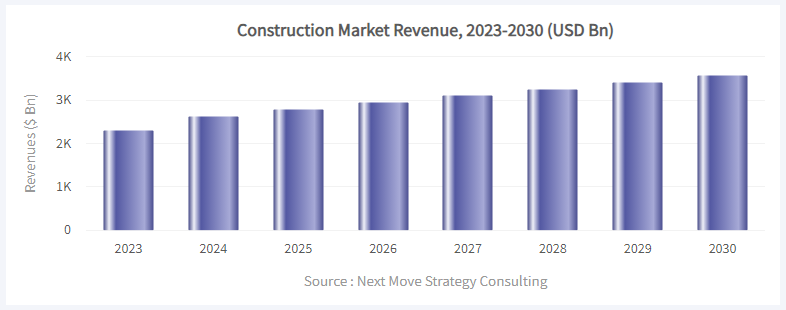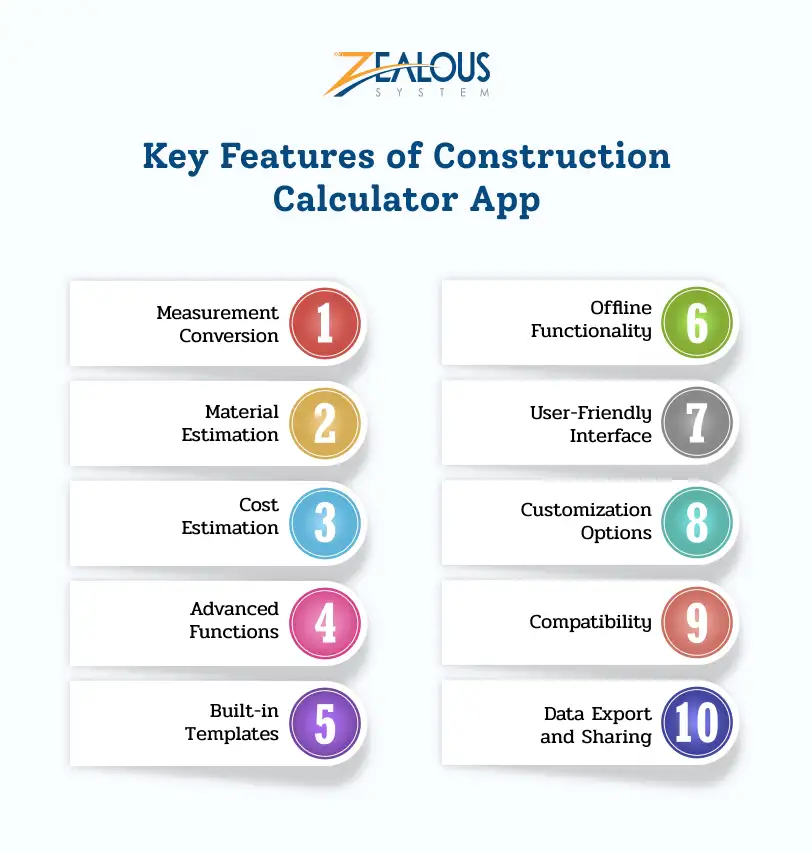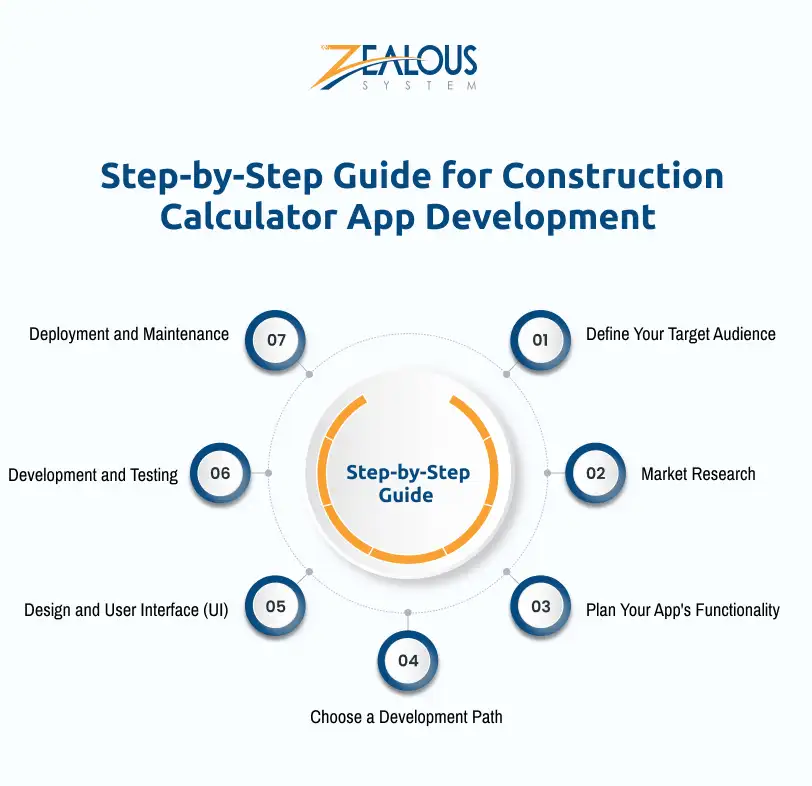
- Company
- Services
- UI/UX Design Services
- Microsoft Dynamics 365
- Mobile App Development
- AI Software Development
- Web App Development
- Generative AI Development
- Digital Product Development
- Enterprise Mobility
- SaaS Application Development
- Application Integration
- White-label WP Maintenance
- ERP Software Solutions
- Software Testing
- Offshore Development Center
- Let’s Connect
- Trending
- Technology
- Industry
- Build Your Team
- Our Work
- Company
- Services
- UI/UX Design Services
- Microsoft Dynamics 365
- Mobile App Development
- AI Software Development
- Web App Development
- Generative AI Development
- Digital Product Development
- Enterprise Mobility
- SaaS Application Development
- Application Integration
- White-label WP Maintenance
- ERP Software Solutions
- Software Testing
- Offshore Development Center
- Let’s Connect
- Trending
- Technology
- Industry
- Build Your Team
- Our Work
We use cookies and similar technologies that are necessary to operate the website. Additional cookies are used to perform analysis of website usage. please read our Privacy Policy
Construction Calculator App Development: Features, Benefits, Cost, Process

Technology continues to revolutionize various industries, including construction. With the construction industry booming globally, there’s an increasing demand for efficient tools to streamline processes and enhance productivity. One such tool is the construction calculator app, designed to simplify complex calculations and improve accuracy on construction sites.
With the extensive use of smartphones and tablets, construction professionals can now leverage mobile applications to streamline their workflow, improve efficiency, and enhance productivity. One such application is a construction calculator app, which serves as a handy tool for performing various calculations relevant to construction projects.
In this guide, we’ll explore the market size, key features, challenges, solutions, and a step-by-step approach to developing your own construction calculator app.
Construction Industry Market Size
The construction industry market size was valued at USD 2319.20 billion in 2023, and is predicted to reach USD 3579.78 billion by 2030, with a CAGR of 5.9% from 2024 to 2030.
The World Bank’s latest report reveals that the Gross Domestic Product (GDP) growth rates of major economies, including India, Saudi Arabia, and Argentina among others, are undergoing substantial growth. For example, the annual GDP growth rate of Saudi Arabia is recorded at 8.7%, followed by India by 7.2%, and Argentina by 5.0% in 2022.
This growth trajectory is indicative of a robust expansion in economic activities across these regions, particularly in the construction sector. With the surge in GDP growth rates in these countries, the construction sector is poised for even greater expansion, leading to further economic development and prosperity.
What is a Construction Calculator App?
A construction calculator app is a mobile application designed to assist professionals and DIY enthusiasts in performing various construction-related calculations quickly and accurately. From simple measurements to complex estimations, these apps provide users with essential tools to streamline their workflow and minimize errors.
Benefits of Construction Calculator App
A construction calculator app offers a multitude of benefits to professionals and enthusiasts in the construction industry. Here’s a breakdown of some key advantages:
1. Accuracy:
Construction projects demand precision, and a calculator app ensures accurate measurements and calculations, minimizing errors that can lead to costly mistakes during the building process.
2. Time-Saving:
By automating complex calculations and providing instant results, the construction app saves users valuable time that would otherwise be spent manually crunching numbers. This efficiency allows projects to progress more rapidly, meeting deadlines and increasing productivity.
3. Cost-Effectiveness:
Accurate material and cost estimation capabilities enable users to plan budgets more effectively, preventing overspending on materials and resources. Additionally, reducing errors and rework saves money by avoiding unnecessary expenses associated with mistakes.
These functionalities are essential in construction calculator app development as they enhance the app’s utility and value for users in the construction industry.
4. Enhanced Productivity:
With built-in templates and intuitive interfaces, the construction calculator app streamlines workflow and simplifies tasks, allowing users to focus their energy on critical aspects of the construction process rather than getting bogged down with calculations.
5. Portability:
Unlike traditional paper-based calculation methods, a construction calculator app can be accessed anytime, anywhere, on mobile devices. This portability enables users to perform calculations directly on-site, eliminating the need to carry bulky reference materials or rely on internet access.
6. Adaptability:
Construction calculator apps often offer customization options, allowing users to tailor settings and preferences to their specific needs and preferences. This adaptability ensures that the app can accommodate various units of measurement, currency formats, and other parameters relevant to different regions and industries.
7. Collaboration:
Some construction calculator apps include features for sharing calculations, estimates, and reports with colleagues, clients, or subcontractors. This facilitates collaboration and communication among team members, promoting transparency and ensuring everyone is on the same page.
Key Features of Construction Calculator App Development
Here are some key features that make construction calculator app development valuable:
1. Measurement Conversion:
The construction app should offer quick and accurate conversion between different units of measurement commonly used in construction, such as feet to meters, square feet to square meters, cubic yards to cubic meters, etc.
2. Material Estimation:
This feature allows users to calculate the quantity of materials needed for a project based on dimensions entered. Whether it’s concrete, bricks, lumber, or paint, the construction calculator app should provide precise construction estimates, helping users avoid over or under-ordering materials.
3. Cost Estimation:
Beyond material quantities, users often need to estimate the cost of a project. A construction calculator app should include features to calculate material costs, labor costs, equipment costs, and other expenses to provide an accurate project budget.
4. Advanced Functions:
For more complex projects, advanced functions such as trigonometric calculations for roof pitches, slope angles, and stair dimensions are essential. These construction calculator app development functions enable users to tackle intricate aspects of construction with ease and accuracy.
5. Built-in Templates:
Pre-set templates for common construction calculations, such as concrete volume for slabs, framing materials for walls, or paint quantities for rooms, can save users time and effort by providing standardized starting points.
6. Offline Functionality:
Construction sites often lack reliable internet access, so an app that works offline is crucial. Users should be able to access all features and data without an internet connection, ensuring uninterrupted productivity.
7. User-Friendly Interface:
The construction calculator app should have an intuitive interface that is easy to navigate, even for users who may not be tech-savvy. Clear instructions and helpful tooltips can enhance the user experience and reduce frustration.
8. Customization Options:
Every construction project is unique, so the ability to customize settings and preferences is valuable. Users should be able to adjust units of measurement, currency, and other parameters to suit their specific needs, which is essential during construction calculator app development.
9. Compatibility:
The construction calculator app should be available on multiple platforms, including iOS, Android, and web browsers, to accommodate users who may prefer different devices or operating systems.
10. Data Export and Sharing:
The ability to export calculations, estimates, and reports in various formats (such as PDF or spreadsheet) and share them with colleagues, clients, or subcontractors is essential for collaboration and construction project management.
Challenges and Solutions in Construction Calculator App Development
Construction calculator apps offer many benefits, but their development comes with its own set of complexity. Here’s a breakdown of key challenges and potential solutions:
Challenge 1: Ensuring Accuracy and Compliance
Construction calculations involve precise measurements and adherence to building codes. You will face inaccurate calculations which can lead to costly mistakes and safety hazards.
Solution: Rigorous testing is crucial. Implement unit testing, integration testing, and user acceptance testing to identify and fix bugs. Regularly update the app to reflect changes in building codes and industry standards.
Challenge 2: User Interface (UI) and User Experience (UX) Design
Construction calculations can be complex. The app’s interface needs to be intuitive and user-friendly to navigate for both experienced professionals and DIY users.
Solution: Prioritize a clean and uncluttered UI with clear instructions and easy-to-read fonts. Utilize features like drop-down menus, toggles, and helpful prompts to guide users.
Challenge 3: Data Management and Security
Construction projects often involve sensitive data like material costs and project details. The app needs to ensure data security and privacy.
Solution: Implement robust security measures like encryption and user authentication. Clearly outline data privacy practices within the app and comply with relevant data security regulations.
Challenge 4: Keeping Up-to-Date with Industry Standards
Construction materials, techniques, and regulations can evolve over time. The app needs to reflect these changes to remain relevant.
Solution: Build a mechanism for regular updates within the app. Stay informed about industry trends and incorporate them into the app’s functionalities through updates.
Challenge 5: Offline Functionality
Construction sites may not always have reliable internet access. The app should function even when offline.
Solution: Design the app to allow core functionalities to work offline. This could include basic calculators, unit conversion tools, and pre-downloaded reference materials.
Step-by-Step Guide for Construction Calculator App Development:
Developing a construction calculator app involves several key steps to ensure its success and effectiveness. Here’s a step-by-step guide to help you navigate the process:
1. Define Your Target Audience:
Identify the primary users of your app, such as construction professionals, contractors, architects, or DIY enthusiasts. Understand their needs, preferences, and pain points to tailor the app’s features and functionality to meet their requirements effectively.
2. Market Research:
Conduct thorough market research to assess the demand for construction calculator apps and understand the competitive landscape. Identify existing apps, their strengths and weaknesses, and opportunities for differentiation. Gather feedback from potential users to validate your app concept and refine your strategy accordingly.
3. Plan Your App’s Functionality:
Define the core features and functionalities of your construction calculator app based on your target audience’s needs and market research findings. Consider including features such as measurement conversion, material estimation, cost estimation, advanced calculations, offline functionality, customization options, and collaboration tools.
4. Choose a Development Path:
Decide whether to develop your app natively for specific platforms (e.g., iOS, Android) or use cross-platform development frameworks to build a single codebase for multiple platforms. Consider factors such as development time, cost, performance, and user experience when choosing the development path.
5. Design and User Interface (UI):
Create a visually appealing and intuitive user interface (UI) design for your construction calculator app. Focus on simplicity, clarity, and ease of use to ensure a positive user experience. You can use wireframes, mockups, and prototypes to visualize the app’s layout, navigation, and interactions before proceeding with mobile app development.
6. Development and Testing:
Develop the construction calculator app according to the planned functionality and UI design. Follow best practices for coding, architecture, and performance optimization to ensure the app’s reliability, scalability, and maintainability. Conduct thorough testing, including functional testing, usability testing, and performance testing, to identify and fix any bugs or issues before launch.
7. Deployment and Maintenance:
Prepare your construction calculator app for deployment to the app stores (e.g., Apple App Store, Google Play Store) or distribution through other channels. Follow the platform-specific guidelines and requirements for app submission, including app store listings, metadata, screenshots, and promotional materials.
Consider localization and internationalization if you plan to target users in different regions or languages. Once launched, continue to monitor the app’s performance, gather user feedback, and make updates and improvements as needed. Provide responsive customer support to address user inquiries, issues, and suggestions promptly.
How Much Does It Cost to Build a Construction Calculator App?
The cost of building a construction calculator app can vary significantly depending on several factors. Here’s a breakdown to give you a general idea:
Basic Construction Calculator App Development Cost:
A basic construction calculator app with essential features such as measurement conversion, basic material estimation, and a simple user interface can cost anywhere between $5,000 to $15,000.
This estimate includes development for a single platform (either iOS or Android) and may not include advanced functionalities or customization options.
Medium Complexity Construction Calculator App Development Cost:
A construction calculator app with medium complexity, including features such as advanced calculations (e.g., trigonometric functions), customizable templates, offline functionality, and support for multiple platforms (iOS and Android), can cost between $15,000 to $30,000.
This estimate cost for additional app development time and resources required to implement more advanced features and ensure compatibility across different platforms.
Advanced Construction Calculator App Development Cost:
An advanced construction calculator app with advanced features such as real-time collaboration, cloud synchronization, extensive customization options, integration with third-party APIs or databases, and robust security measures can cost upwards of $30,000 or more.
The complexity and sophistication of such apps require significant development effort, testing, and ongoing maintenance to ensure reliability and performance.
Conclusion
Construction calculator apps have the potential to revolutionize the construction industry by empowering professionals with on-site calculation tools and project management aids. By following a well-defined development process and prioritizing user needs, you can build an app that enhances efficiency, streamlines workflows, and ultimately contributes to successful construction projects.
To bring your vision to life, you can hire a mobile app developer or get in touch with a mobile application development company with expertise in construction-related apps. Their experience and skills can help you navigate the complexities of app development and deliver a high-quality solution that meets the unique requirements of the construction industry.
We are here
Our team is always eager to know what you are looking for. Drop them a Hi!
Pranjal Mehta
Pranjal Mehta is the Managing Director of Zealous System, a leading software solutions provider. Having 10+ years of experience and clientele across the globe, he is always curious to stay ahead in the market by inculcating latest technologies and trends in Zealous.
Table of Contents
×




Comments